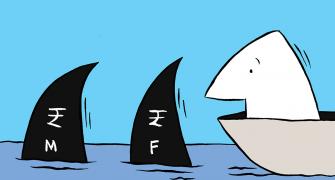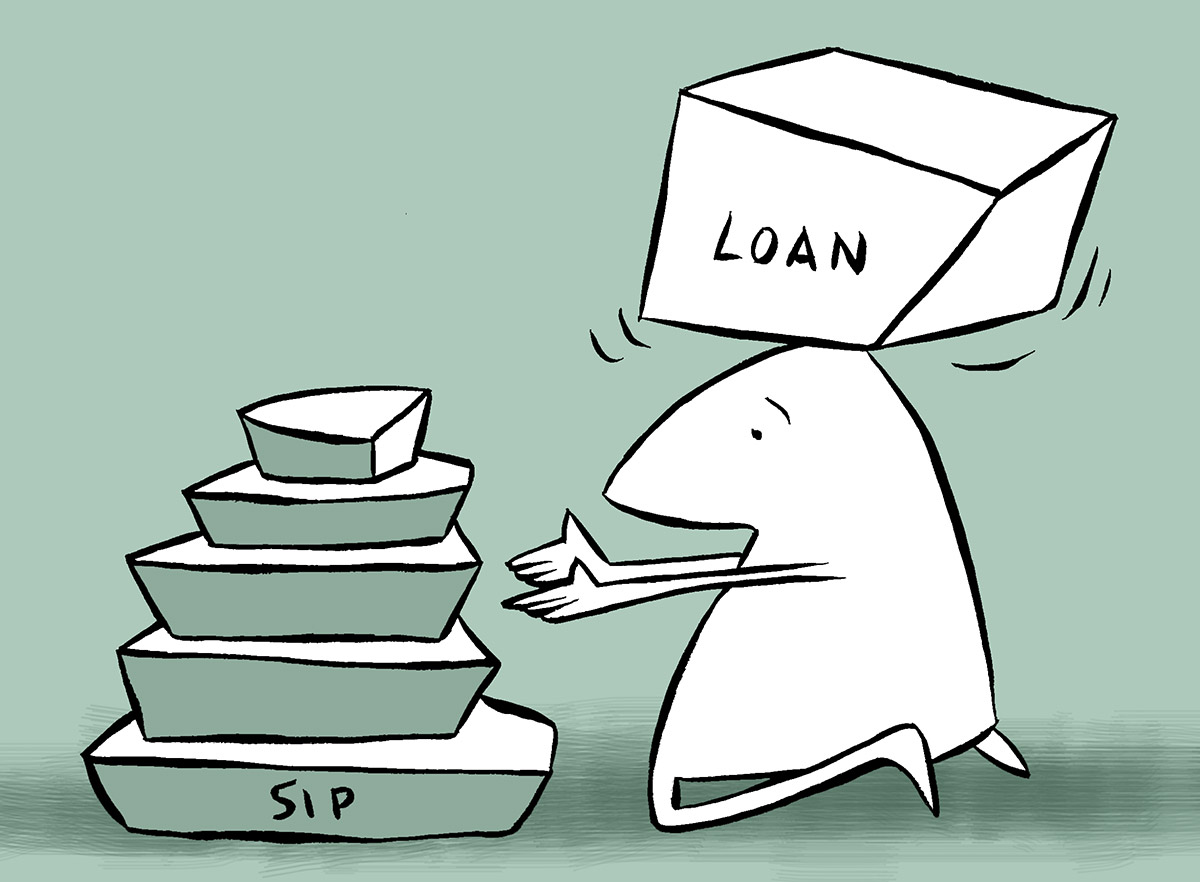If you don't have a specific goal, but want intermittent liquidity, then ladder your FDs, that is, invest in FDs of varying maturities, such as one, two, three, five or even 10 years.
Laddering ensures FDs mature at regular intervals.

As the Reserve Bank of India raised the repo rate, interest rates on bank fixed deposits rose in 2022.
Select bank FDs are offering over 8 per cent now, whereas a year ago, leading nationalised banks were offering slightly above 5 per cent.
Experts say the best opportunities for locking into FDs for the long term will arise over the first two-three quarters of 2023.
Will FD rates rise further?
Since May 2022, the RBI has hiked the repo rate by 225 basis points (bps).
Experts are of the view that the rate hike cycle is in its last leg, with perhaps one or two small hikes still in the offing.
"The RBI may not want to disrupt the recovery by hiking interest rates further. But external events, such as rate hikes by the US Federal Reserve, may force it to do so to maintain financial stability," says Anup Bhaiya, founder, Money Honey Financial Services.
Thus, FD rates could inch up further due to repo rate hikes.
Strong credit demand may also compel banks to raise rates further to garner funds.
"Since May, the repo rate has risen from 4 to 6.25 per cent. While loan rates have gone up by over 200 bps in most cases, deposit rates have risen by only 120-150 bps. Further hikes are expected in the coming months," says Adhil Shetty, CEO, Bankbazaar.
"RBI statistics reveal that deposits have grown at only 9.7 per cent year-on-year compared with retail credit that grew at approximately 18 per cent. So, banks are looking at steps to boost deposits," Shetty adds.
Should you opt for FDs?
If you have surplus funds and are looking for a safe investment option, go for FDs.
"Consumers wishing to park short-term surpluses or invest for short-term financial goals can start FDs. Those who have a low risk appetite and/or wish to avoid market risk can also start FDs," says Gaurav Aggarwal, senior director, Paisabazaar.
Bhaya also believes FDs are the best option for those wishing to invest for two-three years.
Compare rates
Before starting an FD, compare the rates offered by various banks.
"The highest FD yields offered by most small finance banks (SFBs) and many private sector banks are 7.5 per cent or above. As SFBs have also been classified as scheduled banks by the RBI, their depositors are covered under the Depositor Insurance Programme of the Deposit Insurance and Credit Guarantee Corporation for up to Rs 5 lakh in case of bank failure," says Aggarwal.
Limit your investment in SFBs' FDs to 20-25 per cent of total FD holdings.
Also, check the conditions for premature withdrawal. Special deposit schemes, which offer high rates, don't allow premature withdrawal.
"Most FDs carry a penal interest of 1 per cent if you break them prematurely," says Shetty.

Ladder your deposits
If you don't have a specific goal, but want intermittent liquidity, then ladder your FDs, that is, invest in FDs of varying maturities, such as one, two, three, five or even 10 years.
Laddering ensures FDs mature at regular intervals.
This protects the investor from reinvestment risk -- the risk of having to deploy all his money at a low point in the interest-rate cycle. It also ensures liquidity.
"Instead of one FD of a large value, opt for multiple FDs of smaller value and varying tenors so that you have liquidity at regular intervals," says Shetty.
Look out for opportunities to invest at peak rates in the near future.
"FD rates are expected to peak in the first or second quarter of 2023. Currently, the best strategy would be to ladder your FDs and reinvest them over the next three-eight months," he says.
Consider debt funds
High-income individuals with a three-year horizon may invest in short-duration bond funds for better post-tax returns.
Those with a five-seven-year horizon may consider gilt funds.
"Despite higher returns, post-tax income from FDs may not be inflation-proof. Stick to FDs and recurring deposits for short-term savings and emergency funds. Invest in mutual funds to build a corpus," says Shetty.
Disclaimer: This article is meant for information purposes only. This article and information do not constitute a distribution, an endorsement, an investment advice, an offer to buy or sell or the solicitation of an offer to buy or sell any schemes or any other financial products/investment products to influence the opinion or behaviour of the investors/recipients.
Any use of the information/any investment and investment-related decisions of the investors/recipients are at their sole discretion and risk. Any advice herein is made on a general basis and does not take into account the specific investment objectives of the specific person or group of persons. Opinions expressed herein are subject to change without notice.










